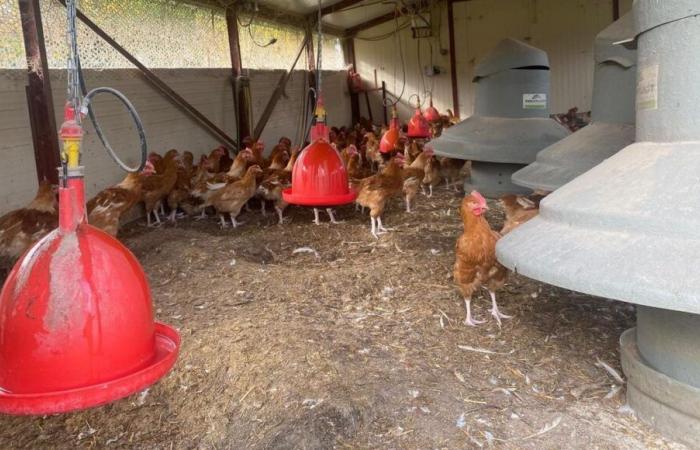
The decision to raise the level of epizootic risk to its maximum across the entire territory is based on the strong and persistent dynamic of circulation of the virus in wild avifauna in Europe, particularly migratory ones, in the migration corridors crossing France . These migrations have already started and are intensifying and the circulation of the IAHPH5 virus in Europe is therefore earlier than last year.
An outbreak detected in Saône-et-Loire
This decision also follows the detection in two backyard outbreaks, one in Pas-de-Calais and the'other in Saône-et-Loire in Epinacof the FR20 genotype, which testifies to the arrival in France of infected migratory wild birds. This FR20 genotype is the one identified in Europe in avifauna, while FR9 is the genotype found in France on farms and until now in native avifauna such as gulls. In Saône-et-Loire, in Saône-et-Loire, the discovery of two geese corpses dates back to October 18, in a private farmyard. The analyzes carried out showed that these corpses carried the disease. For the moment, no other sick corpses have been detected in the surrounding area.
Why shelter other poultry?
Sheltering poultry is justified to reduce or eliminate the interface between wild birds and domestic birds. Indeed, all the genotyping of the strains isolated in the outbreaks this season correspond to genotypes regularly detected in wild avifauna. This sheltering is also justified for vaccinated ducks because vaccination cannot prevent the introduction of the HPAI virus in all cases. Vaccination reduces excretion and thus limits possible spread between farms. All this is closely followed by the epidemiological surveillance platform.
What does moving to the “high” risk level imply?
The decree of October 31, 2024 (published on November 8, 2024 in the Official Journal) has the effect of strengthening prevention and biosecurity measures for the breeding sectors but also for hunters. Moving to “high” risk strengthens the protection system for poultry farms and generalizes prevention measures across the entire territory. In Côte-d'Or and Saône-et-Loire, this decision leads to the immediate implementation of reinforced prevention and biosecurity measures:
- Closure or protection by nets of birds kept in establishments with fewer than 50 poultry or captive birds (farmyards, zoos, etc.).
- Sheltering of poultry, and protection of feeding and watering of birds in establishments keeping more than 50 poultry.
- Mandatory equipment for vehicles intended for the transport of waterfowl older than three days with tarpaulins or equivalent preventing any significant loss of feathers and down by a full or empty truck.
- Prohibition of gatherings of poultry and captive birds.
- Ban on racing pigeon competitions until March 31, 2025.
- Restrictions on the transport of calling birds and a ban on the release of game birds of the Anatidae family.
These reinforced measures complement the compulsory vaccination campaign launched in France since October 1, 2023 for commercial farms keeping more than 250 ducks. Surveillance, biosecurity and vaccination are complementary pillars of HPAI prevention.
France





